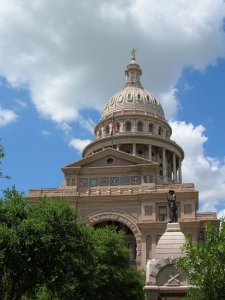

Patent reform: Can preissuance submissions help?
While almost no one thinks that the America Invents Act (AIA) will completely solve America’s patent problems, there are a few provisions in the AIA that may be useful tools in limiting and/or preventing bad patents. One of these tools is the newly implemented Preissuance Submission procedure, which went into effect on September 16, 2012. This procedure allows third parties to participate in the patent application process by providing prior art, which can then be used by a patent examiner to determine whether a patent application lacks novelty or is otherwise obvious. The Electronic Frontier Foundation has now seized upon the new procedure to organize a project to identify pending applications related to 3D printing and then seek out relevant prior art for submission.
Forget Patents: Why Open Source Licensing Concepts May Lead To Biotech Innovation
One of the main forces driving the move to open access is the idea that if the /public has already paid for research through taxation or philanthropy, then it's not reasonable to ask people to pay again in order to read the papers that are published as a result. The strength of this argument is probably why, in part, open access continues to gain wider acceptance around the world.
But the same logic could be applied to the commercialization of publicly-funded research. Why should people be asked to pay often elevated market prices demanded by companies for these products -- which naturally try to maximize profitability -- when it was the public that funded the initial work that made those products possible in the first place?
For those who don’t know who Richard Stallman is, well, he’s one of the great gurus. Replace blogging with programming in this XKCD cartoon, Stallman for Doctorow and you’ve about got it. This does not mean that Stallman is always correct but it does mean that he’s always interesting. And he thinks he’s got a solution to the problem of software patents.